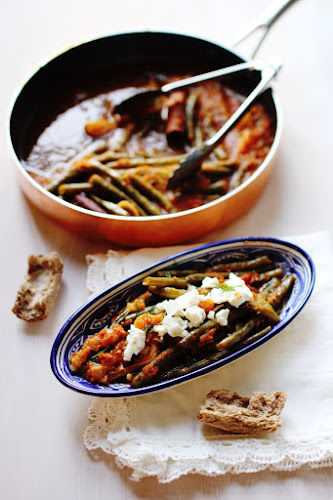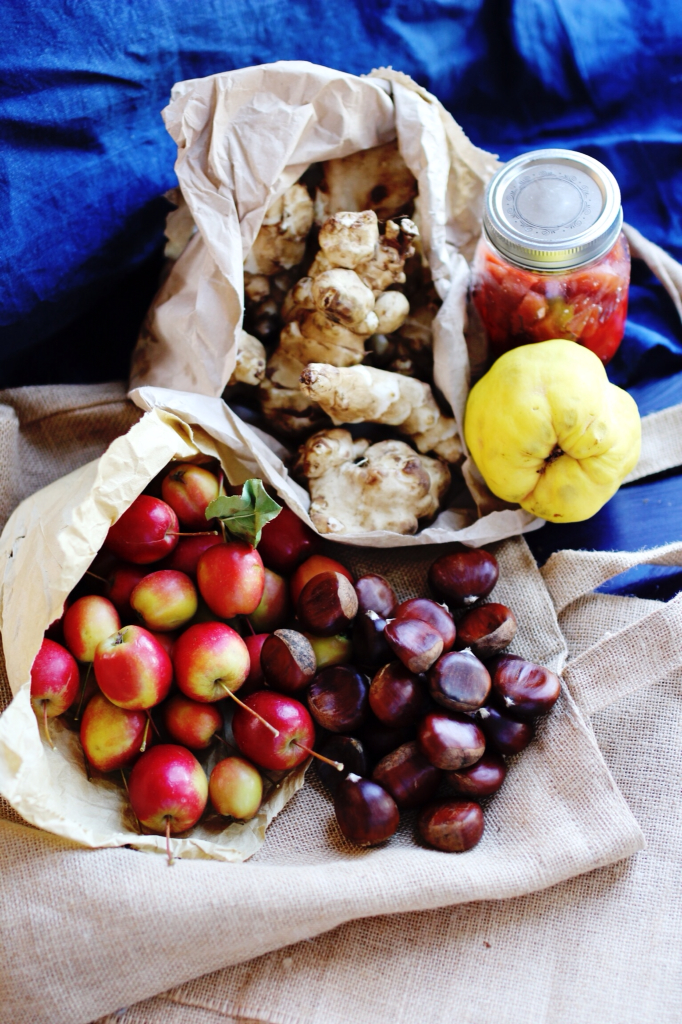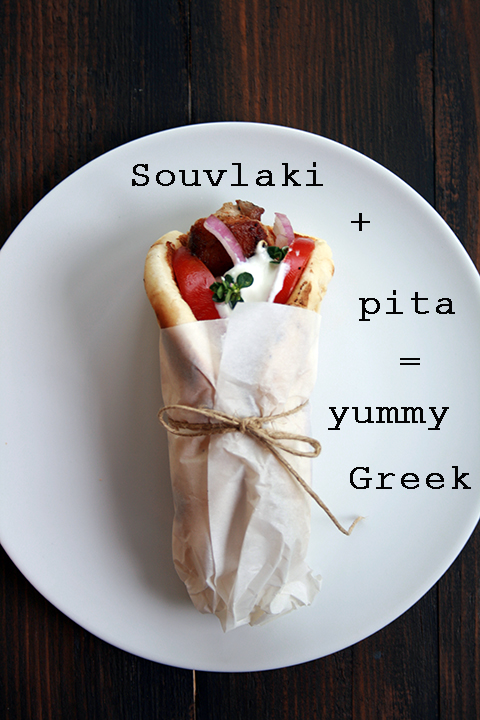Fasolatha (φασολάδα): national food of the Greeks

You say tomato....I say fasolada, fasolatha, fasoulada or sometimes fasolia. Whichever way you say it, this meat-free soup of dried white beans, olive oil, and vegetables is called the "national food of the Greeks". A year or so ago, I posted a recipe for 'slow cooker' Fasolatha. In this post, I am sharing the recipe for the traditional stove top and a big pot method. This dish is said to have originated in ancient Greece and it has a counterpart in Turkish cuisine (kuru fasulye) and can also be found as fasoulia in Saudi Arabia, Iraq, Egypt, Yemen and the Levant. Within Greece, recipes for Fasolatha are regional and considerably different. One thing most recipes share in common is that the soup is enriched with a good amount of olive oil. This dish is a perfect winter warmer and a great option for a comforting weekend cook-up. Traditionally, pickled hot peppers or vegetables (called toursi), olives (and sometimes a little cheese) are served on the table alongside thi



